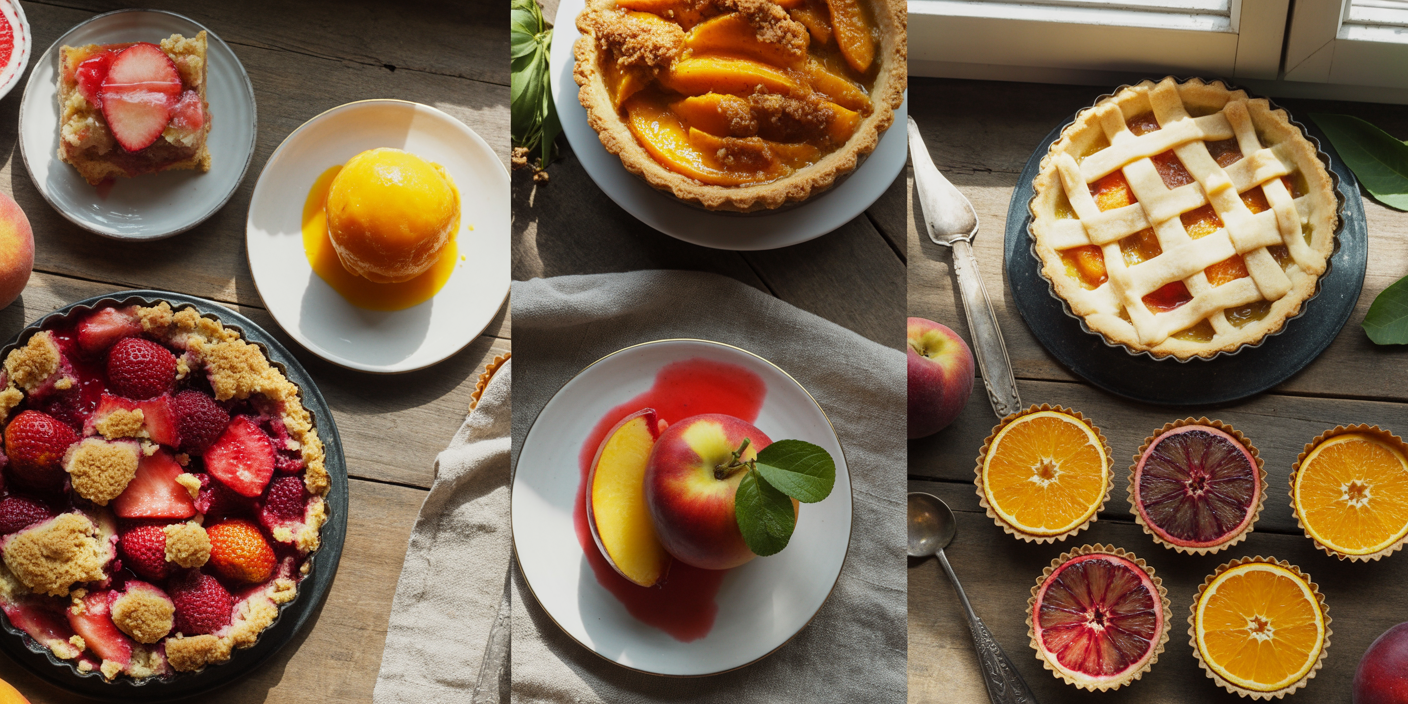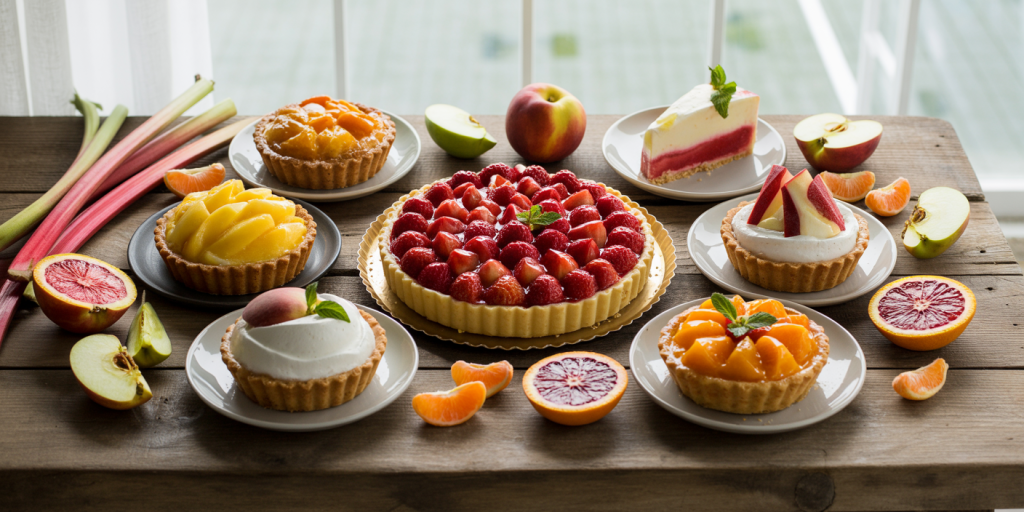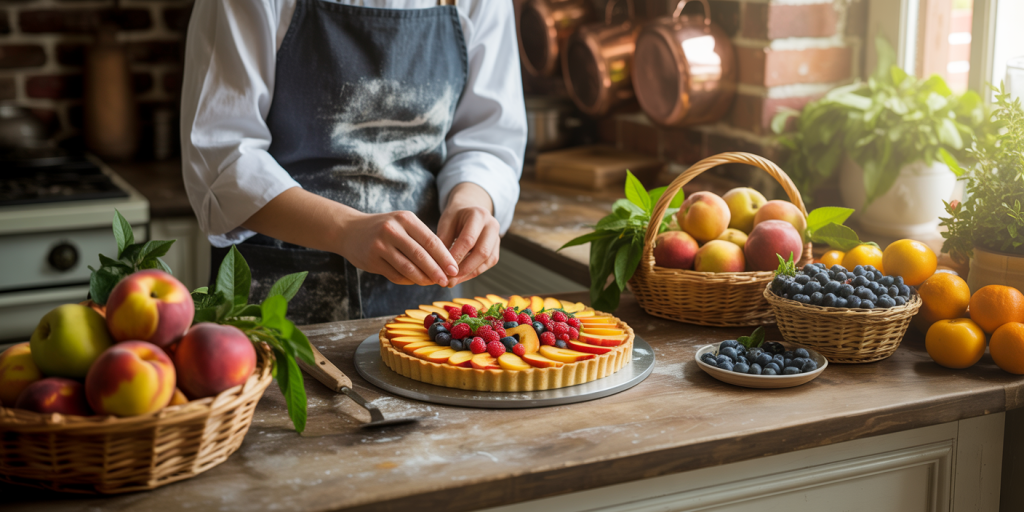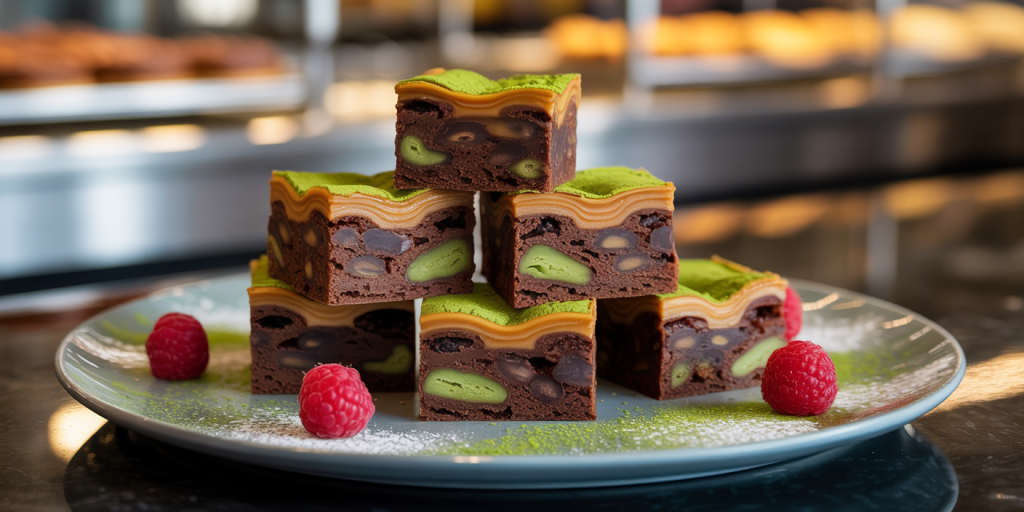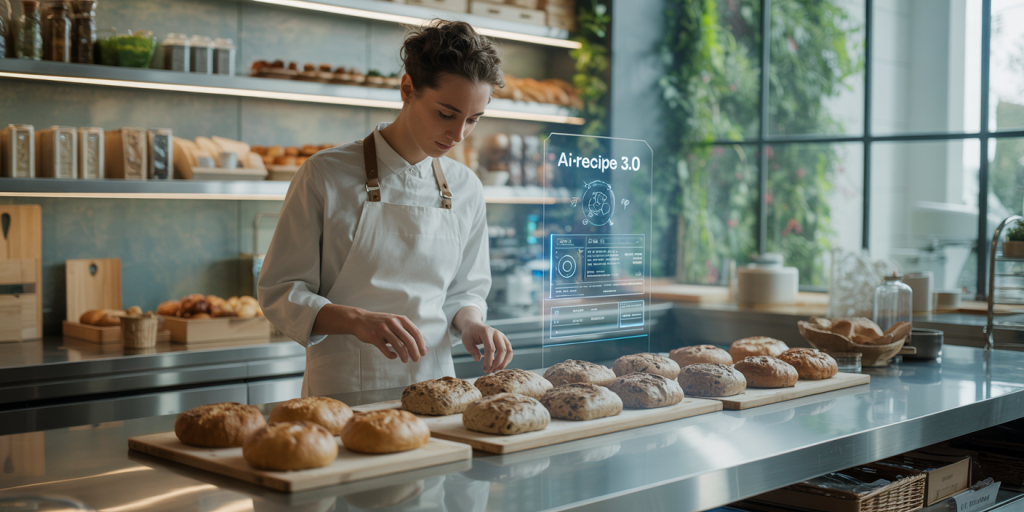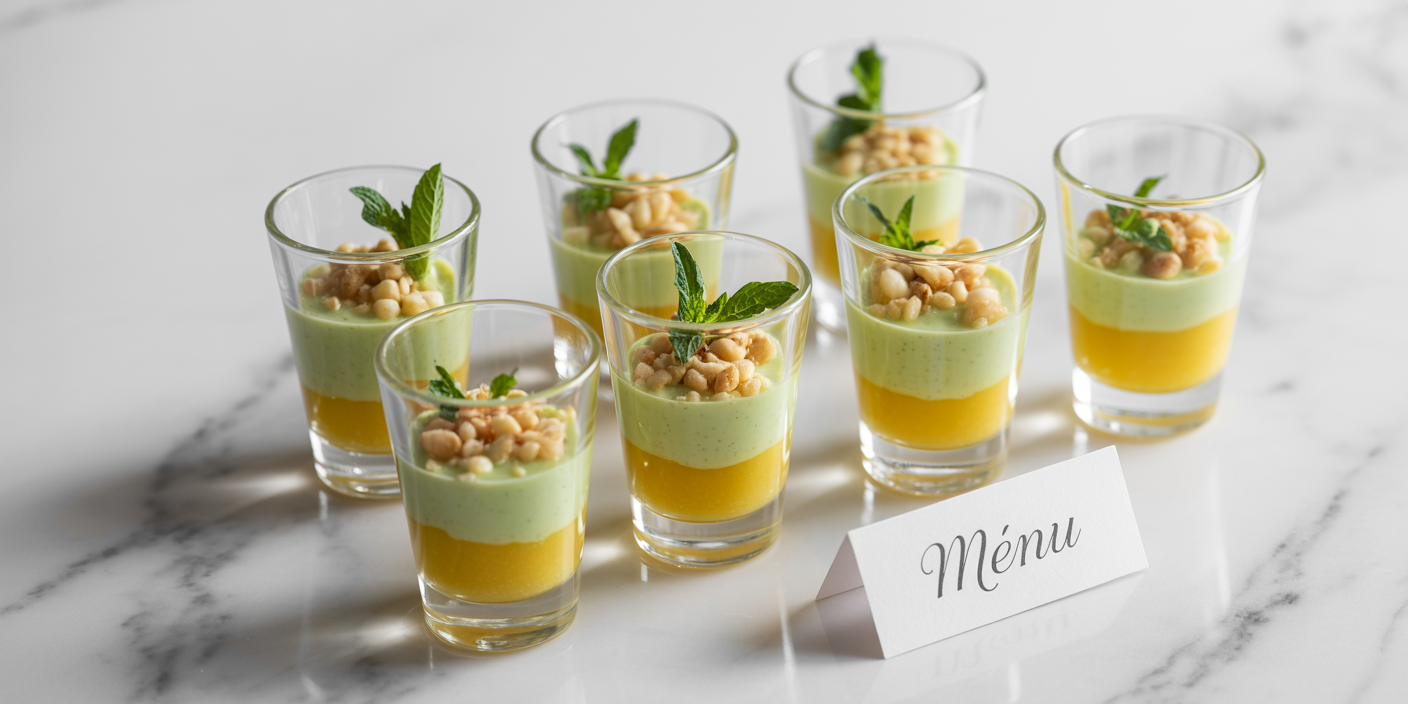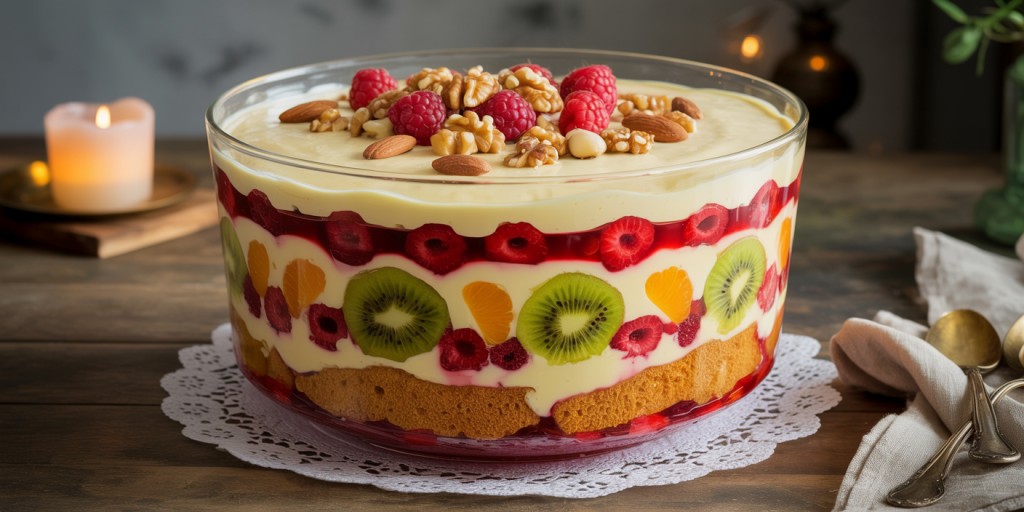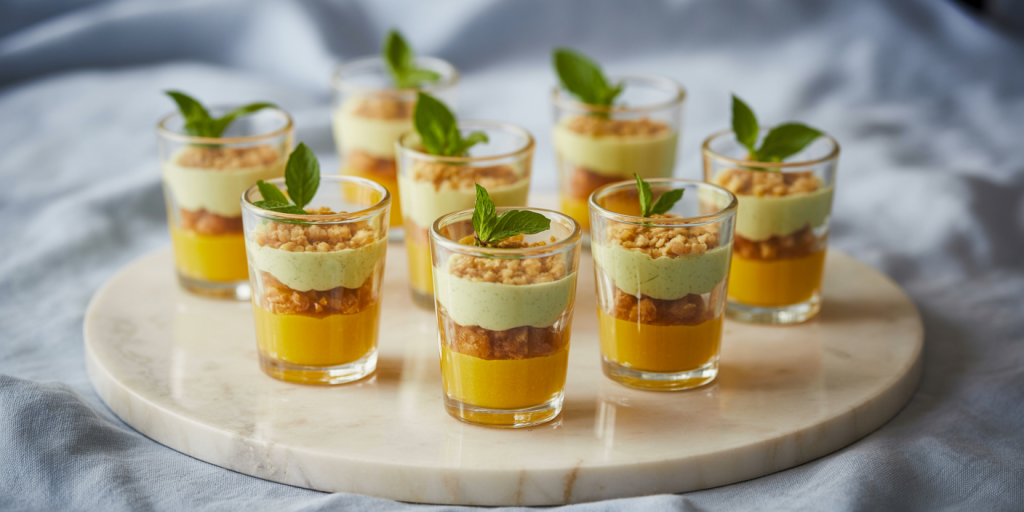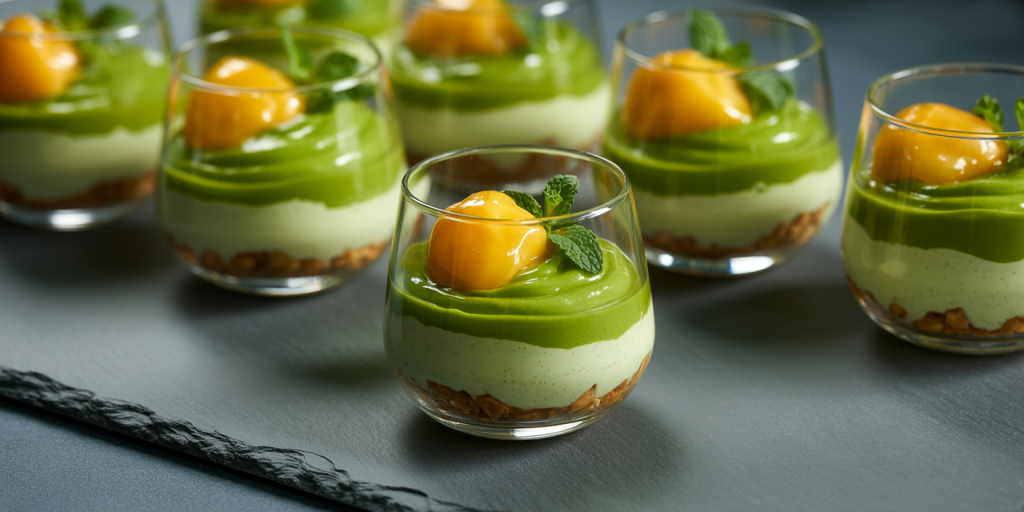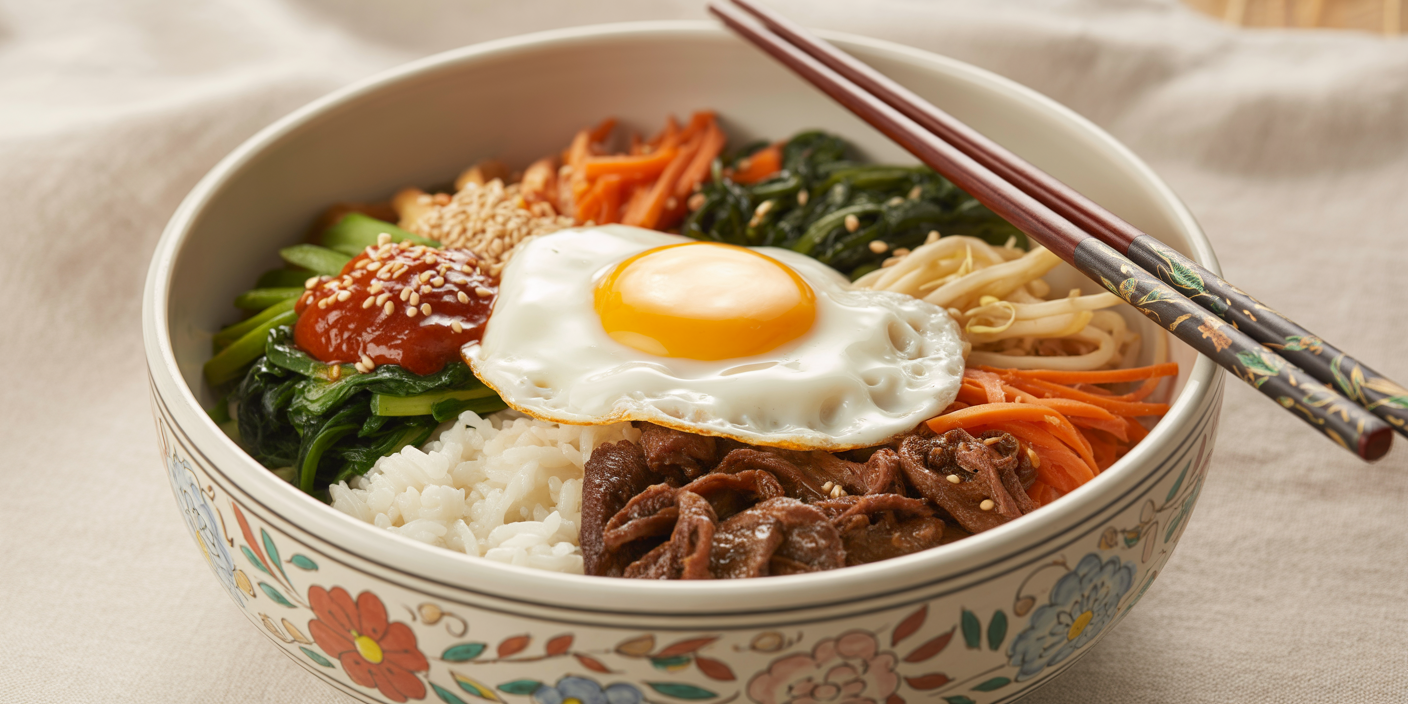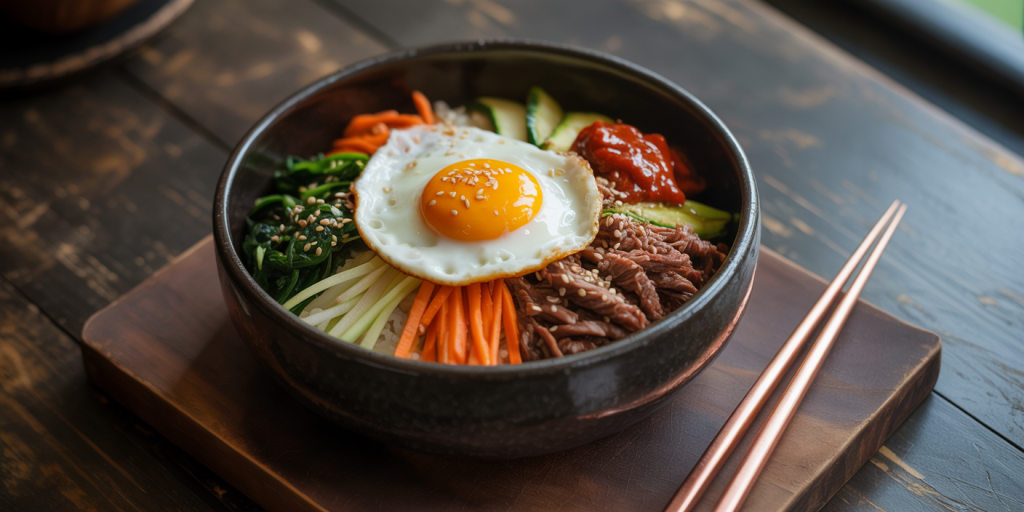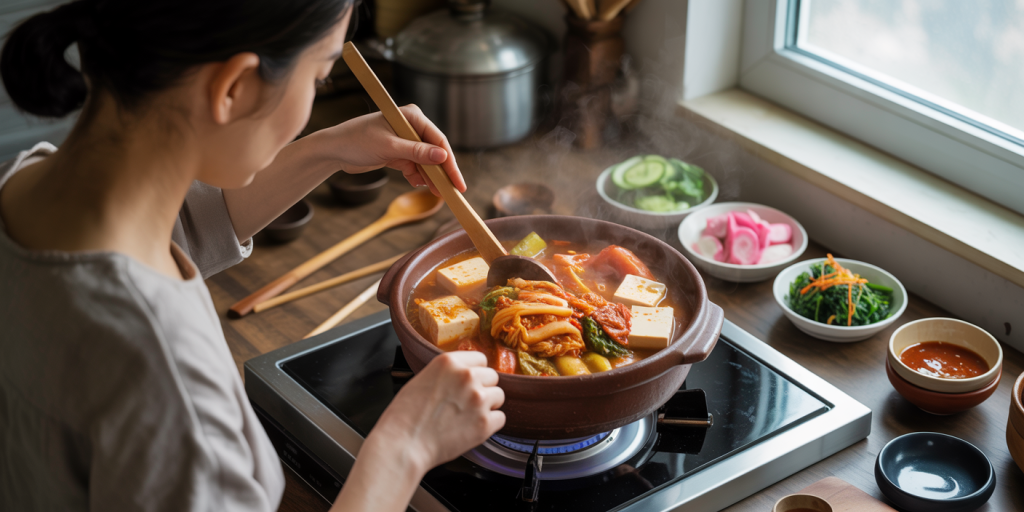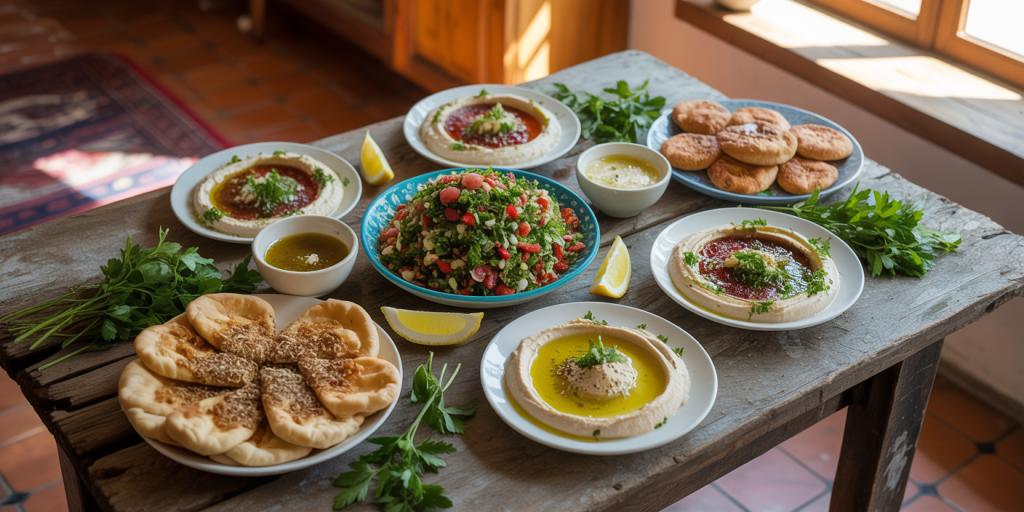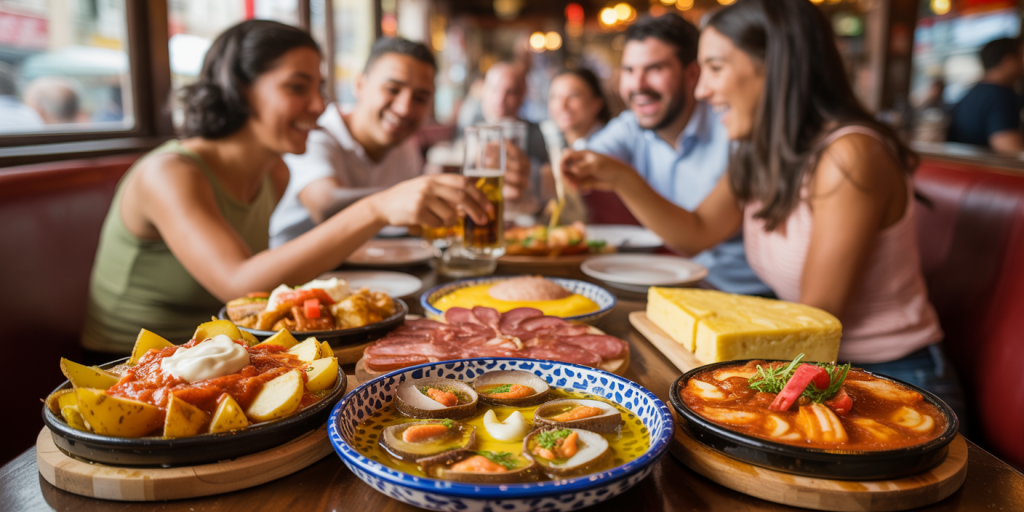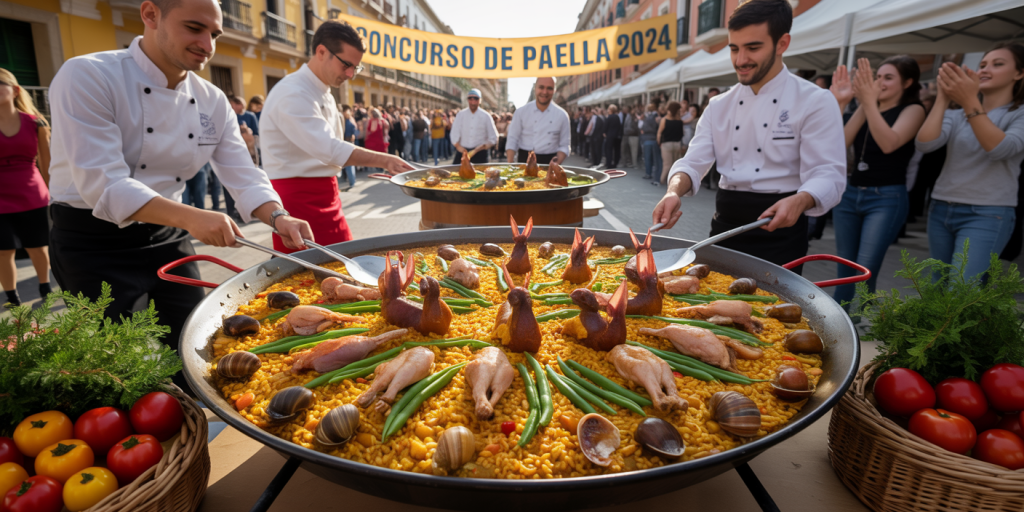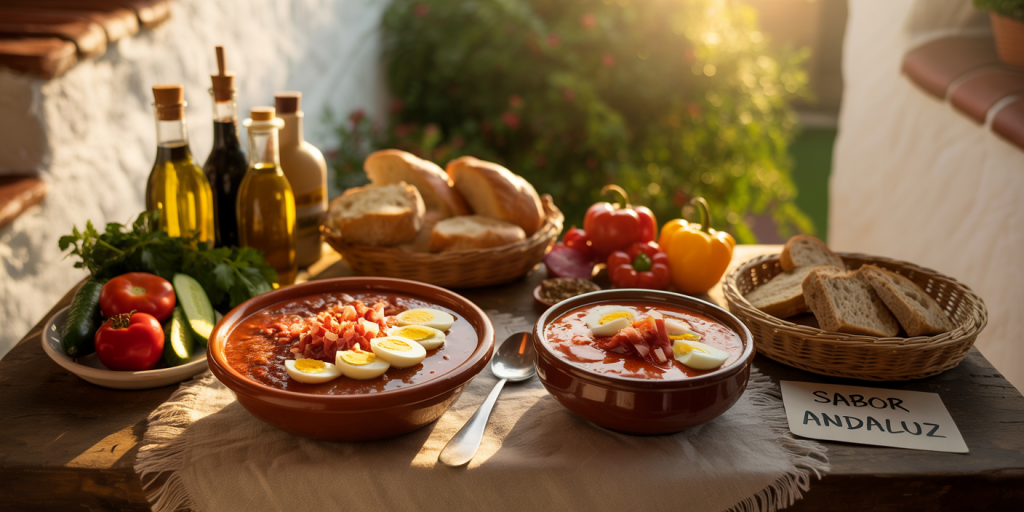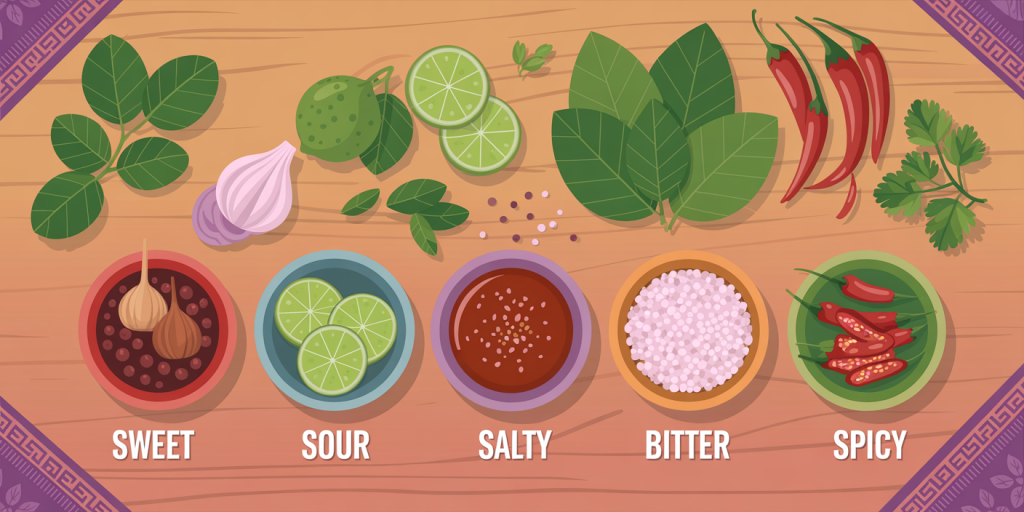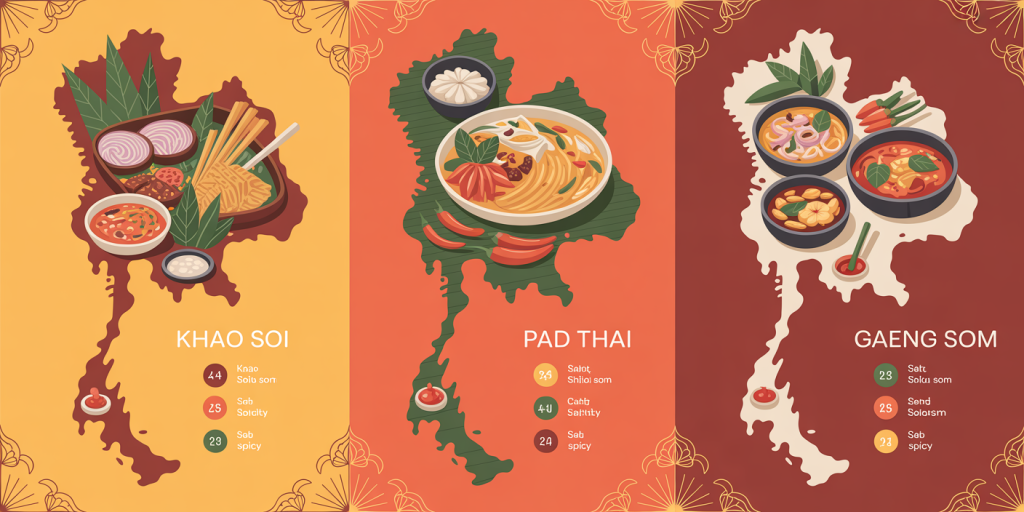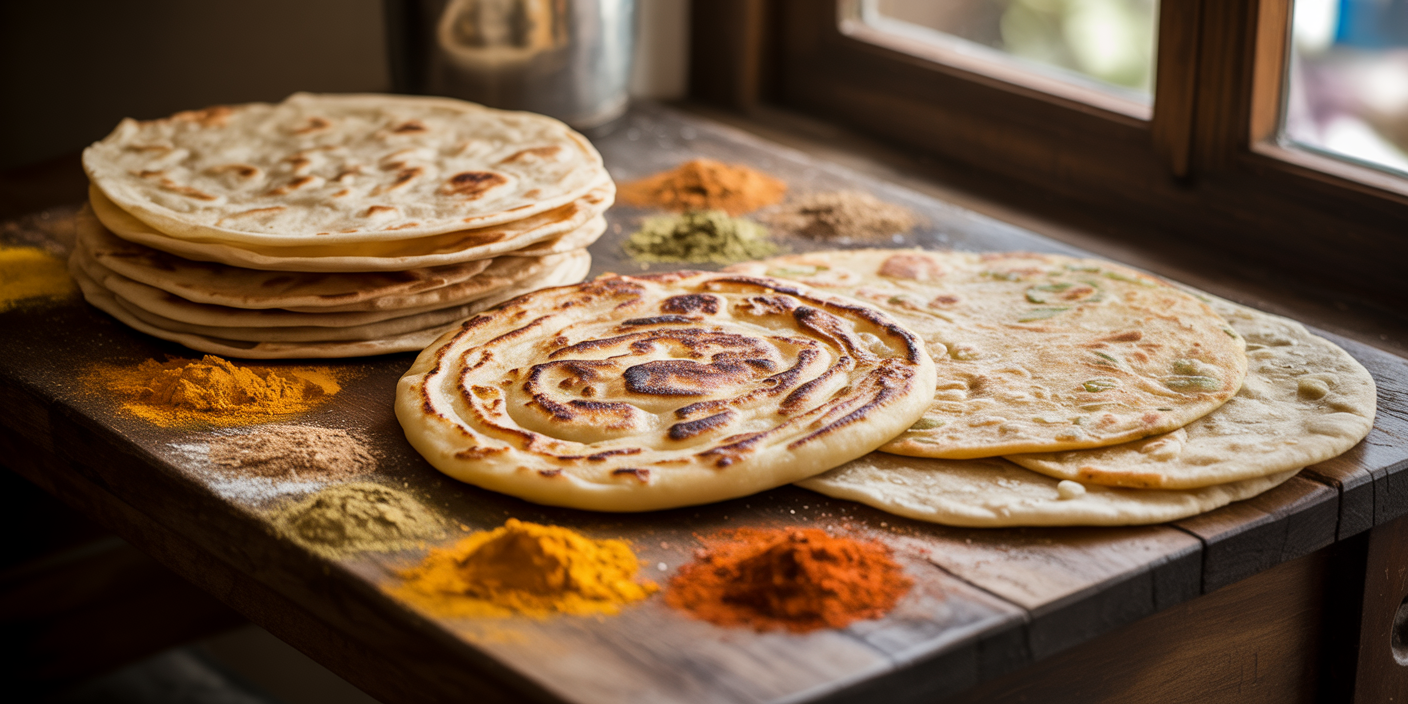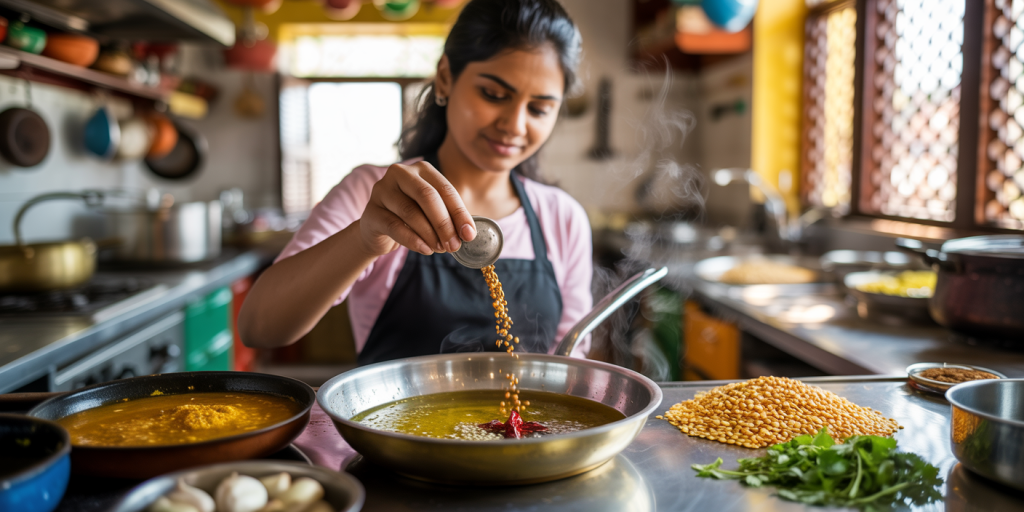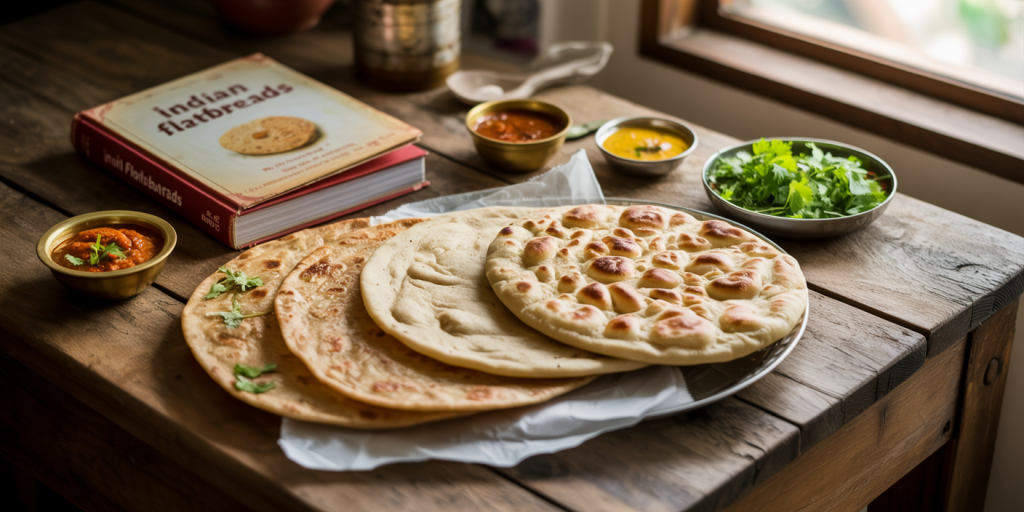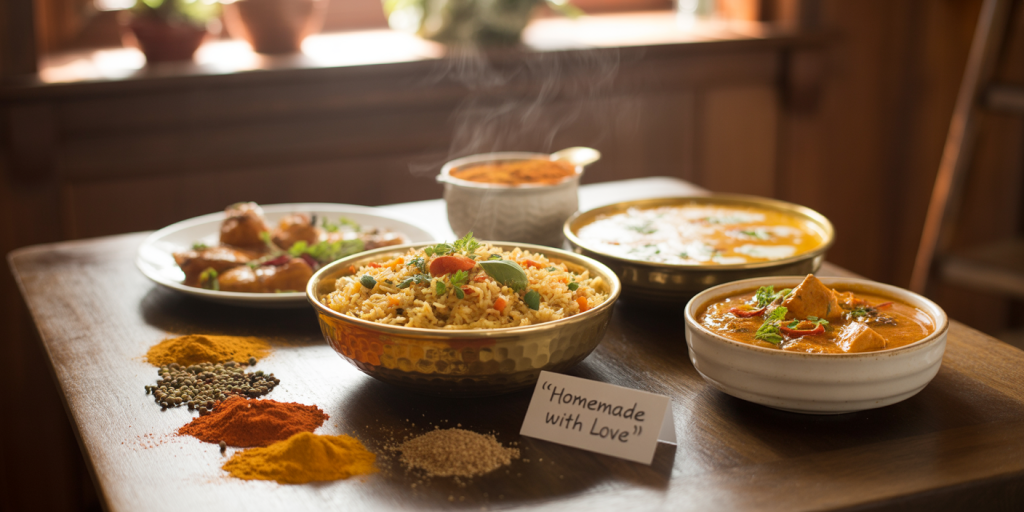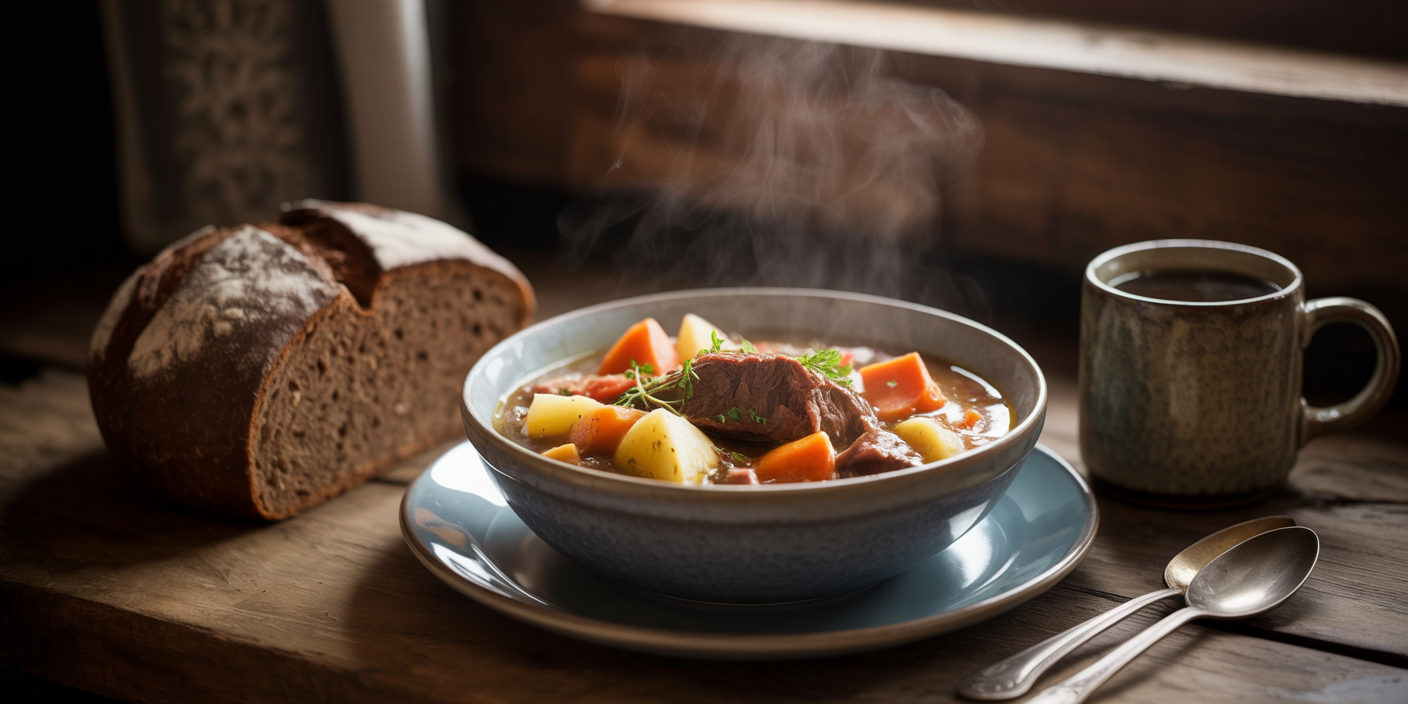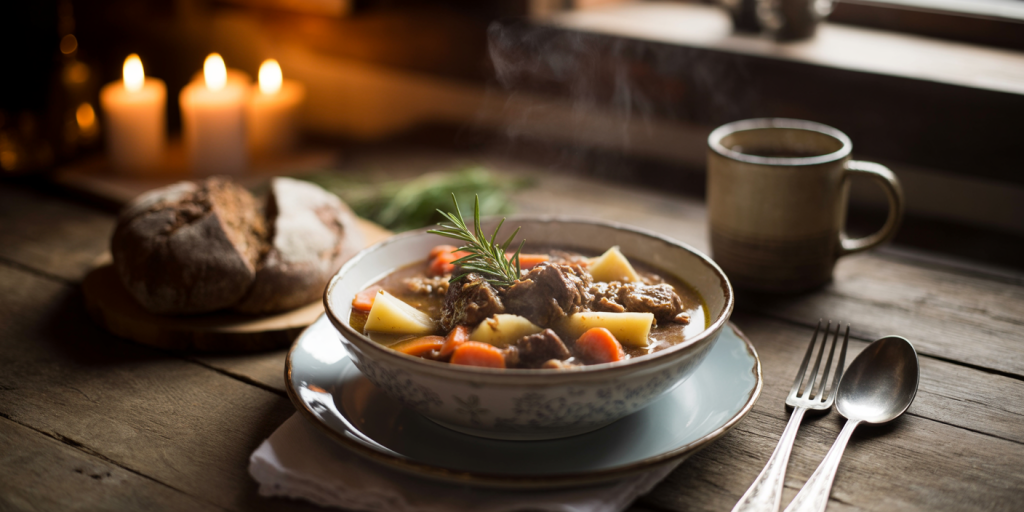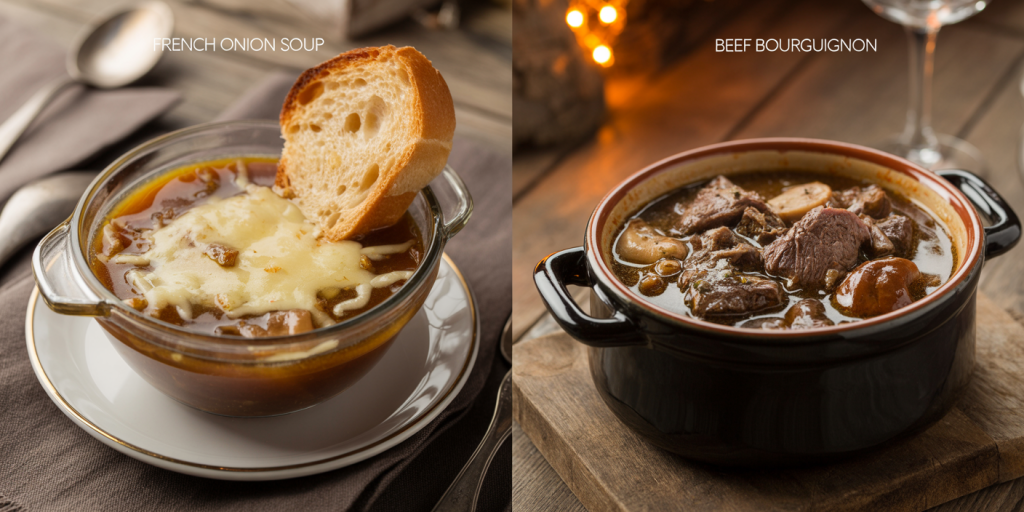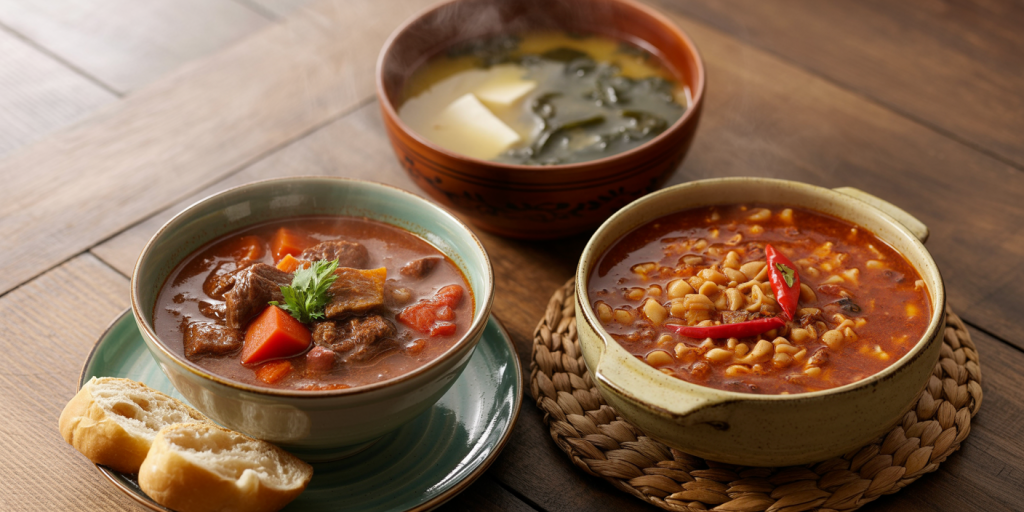In recent years, microwave mug desserts have surged in popularity among food enthusiasts, busy professionals, students, and anyone craving a quick sweet treat. These single-serving desserts, prepared directly in a mug and cooked in the microwave, offer an incredibly convenient way to satisfy dessert cravings without the need for extensive baking time or equipment. Microwave mug desserts encompass a variety of recipes ranging from cakes and brownies to cheesecakes and puddings, enabling customization based on preferences and dietary needs.

The convenience factor is undeniable; a microwave mug dessert typically takes less than five minutes to prepare and cook, making it ideal for last-minute indulgences. According to a survey by the National Restaurant Association, 60% of U.S. adults reported increasing their use of quick and easy meal and snack solutions during microwave cooking uptake peaked (Source: NRA Food Trends 2021). This growing interest emphasizes the need to explore the nuances, benefits, and recipe variations of microwave mug desserts in greater detail.
The Appeal of Microwave Mug Desserts
Microwave mug desserts have become a staple for people seeking fast, portion-controlled, and customizable sweet dishes. One reason for their broad appeal is the ability to bypass traditional baking processes that require preheating ovens and lengthy cooking times. A typical mug cake takes approximately one to two minutes in the microwave, whereas a conventional oven cake takes about 25 to 35 minutes, plus cool-down time. This time-saving aspect is appealing to time-conscious individuals and those without access to a full kitchen setup, such as college dorms or office pantries.
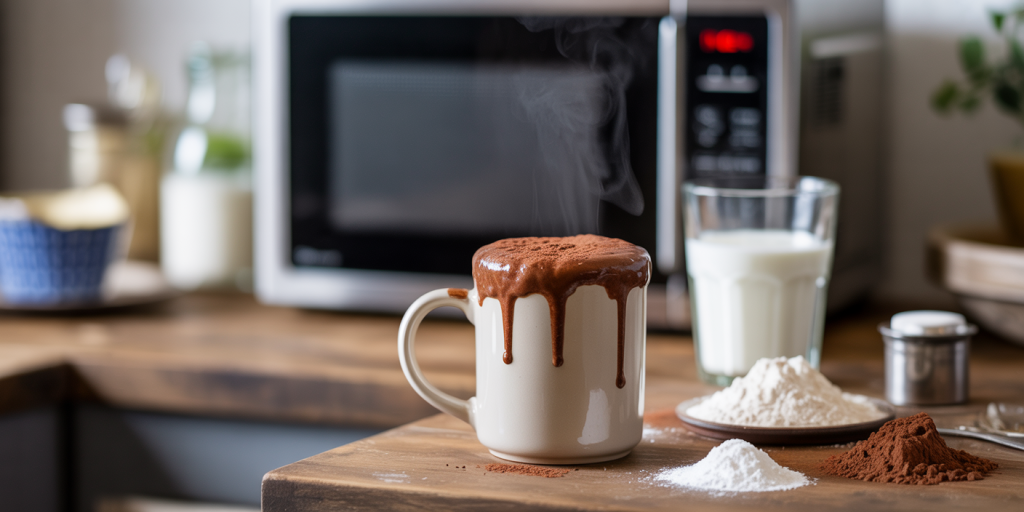
Beyond speed, microwave mug desserts reduce waste and calorie overload by providing single servings. By cooking only one portion, food waste is minimized—a critical factor considering that 30-40% of all food produced in the United States is wasted (Source: USDA Food Waste Report 2023). Furthermore, the compact serving size allows easier control of portion sizes, which is crucial in managing calorie intake to support weight management or dietary restrictions.
Real-world instances make the case for microwave mug desserts even clearer: A popular example is the widespread social media influence driven by food bloggers sharing quick chocolate lava cake mug recipes, resulting in thousands of views and interactions. Platforms like TikTok and Instagram have fueled micro-trends where users experiment with diverse mug desserts from cookies to mug cheesecakes, reinforcing the versatile nature of these recipes.
Essential Ingredients and Basic Techniques
Crafting a successful microwave mug dessert hinges on the right combination of ingredients and understanding microwave cooking principles. The base usually includes flour, sugar, fat (butter, oil), milk or water, cocoa powder for chocolate versions, baking powder for leavening, and optional flavorings like vanilla extract. These ingredients combine to create a batter or mixture similar to traditional desserts but tailored for microwave textures.
One critical component is the role of leavening agents such as baking powder or baking soda. Since microwaves cook food rapidly by heating water molecules, the leavening agent produces gas quickly within the batter, promoting rise and sponginess within a short cooking window. Detailed control of ingredient ratios is essential to prevent dry or rubbery textures, which are common pitfalls of microwave cooking.
Consider the following practical example: a classic chocolate mug cake recipe may call for 4 tablespoons of flour, 4 tablespoons of sugar, 2 tablespoons of cocoa powder, 1/4 teaspoon of baking powder, 3 tablespoons of milk, 2 tablespoons of vegetable oil, and a splash of vanilla extract. Mixing these ingredients thoroughly and cooking for exactly 70-90 seconds results in a moist and fluffy cake. Overcooking by even 10 seconds risks a chewy, overcooked product.

Microwave cooking times and techniques vary based on wattage and mug size. For instance, a 1000-watt microwave typically requires less cooking time compared to an 800-watt model. Mug material (ceramic, glass, or microwave-safe plastic) also influences heat distribution. Therefore, users must tailor cooking durations to their specific appliances for best results.
Flavor Variations and Customization
One substantial advantage of microwave mug desserts is the ease of customization. From classic chocolate and vanilla bases to innovative flavors like matcha, pumpkin spice, or peanut butter swirl, the sky is the limit. Personal preferences, dietary needs, and ingredient availability can all be accommodated within mug recipe frameworks.
For example, vegan or gluten-free adaptations are increasingly popular. Swapping regular flour for almond or oat flour and replacing eggs or dairy milk for plant-based alternatives does not compromise texture or flavor significantly with the right recipe adjustments. This inclusivity has expanded the appeal of mug desserts across diverse demographic groups.
A comparative table highlights popular microwave mug dessert variations and their key characteristics:
| Dessert Type | Typical Ingredients | Key Attributes | Approximate Cooking Time |
|---|---|---|---|
| Chocolate Mug Cake | Flour, cocoa powder, sugar, egg, milk | Rich, moist, classic | 70-90 seconds |
| Peanut Butter Mug | Flour, peanut butter, sugar, egg, milk | Nutty, creamy | 60-75 seconds |
| Vegan Banana Mug | Almond flour, banana, maple syrup, plant milk | Moist, sweet, egg-free | 90-110 seconds |
| Matcha Mug Cake | Flour, matcha powder, sugar, egg, milk | Earthy, slightly bitter | 70-90 seconds |
| Pumpkin Spice Mug | Flour, pumpkin puree, cinnamon, nutmeg | Warm, seasonal | 70-85 seconds |
This flexibility encourages experimentation: users can add mix-ins like chocolate chips, nuts, or dried fruits to enhance textures and flavors. The convenience to create bespoke desserts tailored to individual tastes and occasions contributes to the sustained interest in microwave mug solutions.
Health Considerations and Nutritional Value
While microwave mug desserts primarily cater to convenience and indulgence, increasing awareness about nutrition encourages the creation of healthier versions. Traditional mug cakes tend to be calorie-dense due to sugar and fat content, often accounting for 300-400 calories per serving. However, modifications can reduce calories, sugar, or fat without sacrificing taste.
For instance, substituting refined sugar with natural sweeteners like honey, agave syrup, or erythritol lowers glycemic impact. Using applesauce or Greek yogurt instead of oil cuts fat volume while adding moisture and protein. In fact, a study published in the Journal of Culinary Science & Technology (2022) indicated that incorporating alternatives like Greek yogurt could boost protein content by 30% in single-serve desserts.
A practical case involves a health-conscious college student attempting to reduce sugar but still crave chocolate mug cakes. By cutting sugar in half and adding a tablespoon of powdered peanut butter (which contains fewer calories than traditional peanut butter), the student maintains flavor while consuming about 150 fewer calories per serving.
Including fruits such as mashed bananas or pureed pumpkin not only adds natural sweetness but also increases fiber and micronutrient content. This approach aligns microwave mug desserts with contemporary nutritional guidelines, promoting moderation instead of deprivation.
Microwave Mug Desserts in the Culinary Industry
Beyond home cooking, microwave mug desserts have begun to infiltrate the professional culinary space, especially in quick-service restaurants and food delivery. The rapid production time and minimal cleanup presented by mug desserts appeal to cafes and cafés aiming to offer dessert options without dedicating extensive kitchen resources.
Fast casual restaurant chains reported a 12% increase in dessert sales during 2022, attributed in part to single-serve and quick-prep items like mug cakes (Source: QSR Magazine 2023). Menu innovations include customizable mug desserts where customers pick bases, toppings, and add-ons, spotlighting personalization trends.
Corporate environments also benefit from microwave mug desserts. Offices incorporate these treats into vending machines or microwave-friendly snack stations, making them accessible for brief coffee breaks or team celebrations. Additionally, microwavable single-serve desserts reduce cross-contamination risk and food handling concerns in pandemic-aware contexts.
Future Perspectives: Trends and Innovations
The future of microwave mug desserts looks promising and dynamic, influenced by evolving consumer preferences, technology, and sustainability concerns. Advances in microwave technology, such as inverter cooking and smart sensors, allow more precise temperature control and texture optimization. These innovations enable professional-standard dessert quality even in microwave settings.
Emerging trends indicate a surge in healthier gourmet recipes, incorporating superfoods like chia seeds, spirulina, and antioxidant-rich berries into mug dessert formats. Brands are also experimenting with functional ingredients—think collagen peptides, adaptogens, or probiotics—to combine indulgence with wellness.
Moreover, plant-based and allergen-friendly ingredients will continue to expand, driven by growing veganism and food sensitivity awareness. Research in food science supports development of novel flour alternatives like cricket powder or algae-based flours, which could be incorporated into microwave mug dessert recipes for added nutritional benefits.
Sustainable packaging materials and eco-friendly mug designs, suitable for single-use or reuse, align with global efforts to reduce plastic waste, further enhancing the appeal of microwave mug desserts in retail sectors.
A glimpse into the future suggests smart kitchen appliances integrated with apps to guide dessert preparation, adjusting microwaving time and power settings based on individual recipes and mug size. This personalization will minimize trial and error, ensuring perfect desserts in every attempt.
In conclusion, microwave mug desserts have revolutionized the way people approach sweet treats by combining speed, convenience, and creativity. Their adaptability to emerging dietary trends and technological advancements cements their place in modern culinary landscapes, promising continued innovation and enjoyment for dessert lovers worldwide.

